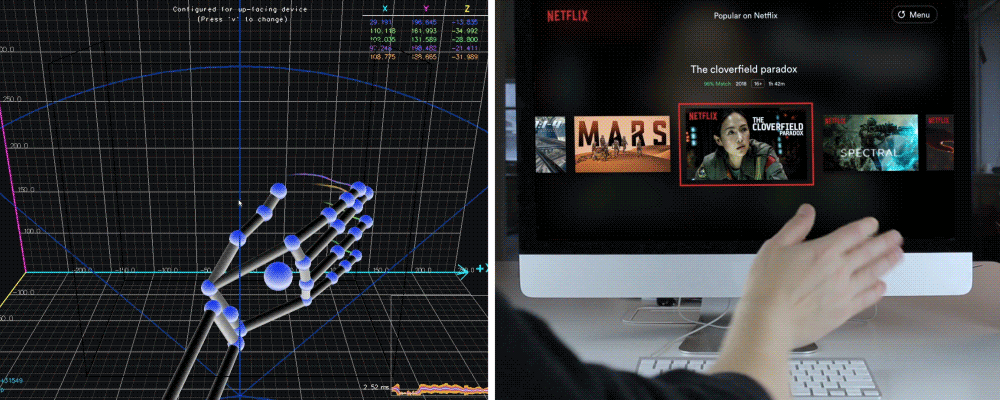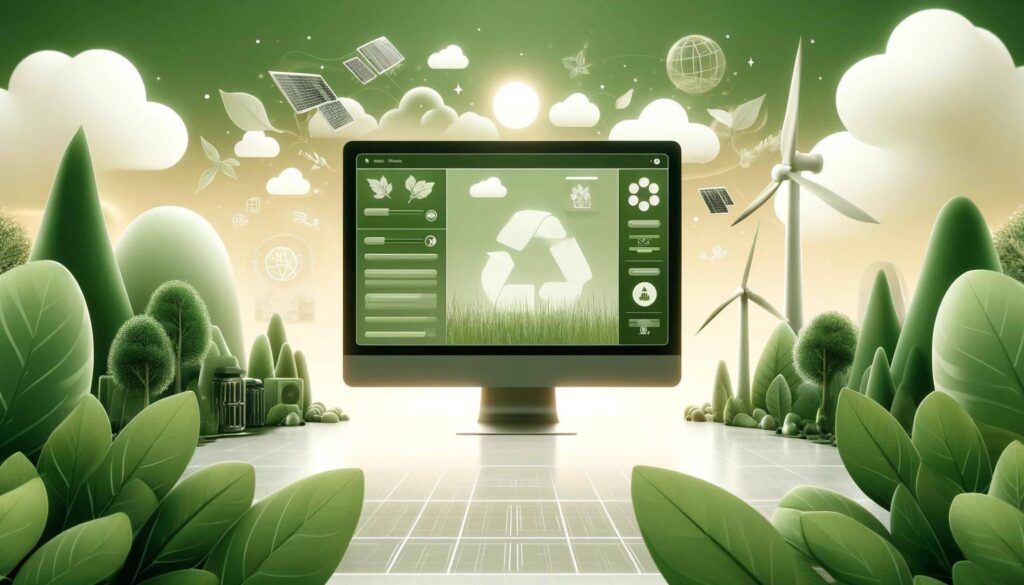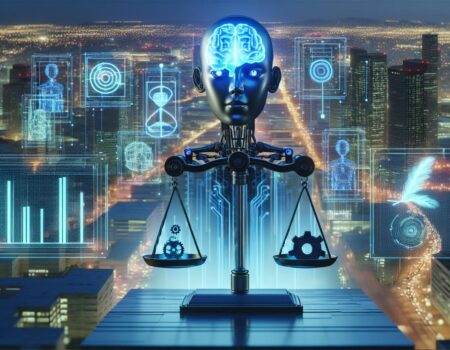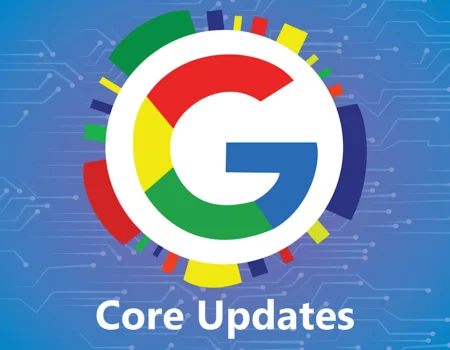As we enter the second half of the 2020s, the web is transforming faster than ever. What began as static pages of text has evolved into rich, interactive experiences powered by intelligent systems, immersive visuals, and seamless interfaces. In 2025, web design is no longer just about aesthetics—it’s about adaptability, accessibility, performance, and trust. Here’s a look at the key trends shaping the future of web design this year.
1. AI-Driven Personalization Goes Mainstream
AI has been creeping into web design for years, but in 2025, it’s finally taking center stage. Websites are no longer static experiences—AI systems are making them dynamically adapt to each visitor’s behavior, preferences, location, and even mood.
From personalized landing pages that change in real time to chatbots that offer human-like conversations, AI is becoming the silent designer behind the scenes. Expect more tools like Adobe Firefly and Wix ADI that can design pages on the fly or recommend layouts based on user intent. But with personalization comes responsibility—ethical data usage and transparent AI practices will be essential for trust.
2. Voice and Gesture Interfaces Evolve

The web is becoming more hands-free. Voice interfaces are increasingly integrated into web design, not just through smart speakers but via web browsers and mobile experiences. Sites optimized for voice commands and audio responses will offer users a new way to navigate, particularly for accessibility and multitasking.
Meanwhile, gesture-based interactions—popularized by AR and VR platforms—are beginning to influence how we think about digital interaction on screens. Expect more experimentation with motion tracking, webcam-based navigation, and hybrid interfaces combining traditional inputs with touchless gestures.
3. Hyper-Minimalism and Content-First Design
Simplicity is making a comeback—but not in a sterile way. The new wave of hyper-minimalist design emphasizes clarity, speed, and purpose. In an era where users are flooded with content, websites that deliver clean visuals and prioritize essential information are winning.
Designers are using more whitespace, fewer distractions, and typography-led layouts to create immersive experiences that don’t rely on heavy imagery or flashy animations. This trend aligns closely with performance and accessibility goals: less clutter means faster load times and easier navigation for all users.
4. Immersive Scrolling and Storytelling
Scroll-based storytelling is evolving in 2025 with smoother, more cinematic experiences. With the rise of faster hardware and advanced front-end frameworks, designers are building scroll journeys that feel like interactive movies—complete with parallax, video loops, microinteractions, and narrative pacing.
This trend supports brand storytelling and portfolio presentations especially well, turning the website from a static brochure into a guided experience. However, designers will need to balance engagement with usability, ensuring that these experiences remain intuitive and perform well across devices.
5. Sustainability and Green UX

As the environmental impact of digital infrastructure becomes clearer, sustainable web design is gaining traction. In 2025, designers are paying close attention to energy efficiency, carbon footprints, and digital sustainability metrics.
This means optimizing for speed, reducing server loads, minimizing image and video sizes, and embracing dark mode for OLED screens. Some websites now include carbon footprint badges or “eco-score” indicators, helping users see the environmental impact of their browsing. Sustainable design is no longer a niche concern—it’s becoming a core value of forward-thinking brands.
6. The Return of 90s and Y2K Aesthetics
A surprising twist in 2025 is the resurgence of 90s web aesthetics. From pixel art and neon gradients to raw HTML-inspired layouts and clunky navigation, retro is in. This visual trend offers a nostalgic break from polished corporate websites and connects with younger audiences craving authenticity and fun.
Combined with modern performance standards, these nostalgic designs offer playful and experimental experiences without sacrificing usability. Designers are also incorporating early web motifs into branding—embracing the imperfect, the quirky, and the weird.
7. Advanced Accessibility as Default
Accessibility is no longer an afterthought—it’s becoming a standard feature baked into the design process from the start. In 2025, advanced accessibility includes voice navigation, screen reader enhancements, high-contrast modes, keyboard-only interfaces, and real-time translation for multilingual users.
Design systems are increasingly including accessibility checks by default, with tools like Figma and Webflow integrating automated audits. As legal frameworks evolve and user expectations rise, inclusive design will be a competitive advantage and a moral imperative.
8. Modular and Component-Based Design Systems

Design systems have matured into robust ecosystems. In 2025, modular, component-driven design is the norm. Developers and designers collaborate using atomic design principles, reusable components, and centralized style libraries that streamline both design and development.
This modularity not only speeds up production but also ensures consistency across platforms and teams. With the rise of headless CMS and composable architectures, design and content are more decoupled—offering greater flexibility and scalability for complex digital products.
9. Privacy-Centric Design
As users grow more aware of their digital footprint, privacy-first design is becoming a competitive differentiator. Websites are moving away from invasive data collection practices, focusing instead on transparency and user control.
In 2025, expect more cookie-less tracking methods, user-controlled data dashboards, and clear opt-in experiences. Privacy policies are being redesigned for clarity, not buried in legalese. Designers are helping users make informed choices, blending compliance with user empowerment.
10. Real-Time Collaboration and Multi-User Experiences
The web is becoming more social—not just in terms of content, but in how people use it. Web design in 2025 embraces real-time, multi-user interactions. Think collaborative whiteboards, live editing tools, or websites that change based on group input.
This shift is particularly evident in SaaS products, education platforms, and creative tools, where synchronous features foster shared experience. As WebRTC and serverless tech mature, expect more sites offering real-time features that blur the line between web pages and applications.
Conclusion
Web design in 2025 is defined by a blend of intelligence, inclusivity, nostalgia, and responsibility. AI is reshaping workflows and experiences; performance and sustainability are reshaping our values; and users are demanding not just beautiful websites—but ethical, usable, and authentic ones.
The future of web design is not about chasing trends for the sake of novelty. It’s about crafting experiences that serve people better, adapt to their needs, and reflect the changing world we live in. As the tools evolve, so must the vision behind them. Designers in 2025 are no longer just building interfaces—they’re shaping the future of how we live, work, and connect online.







